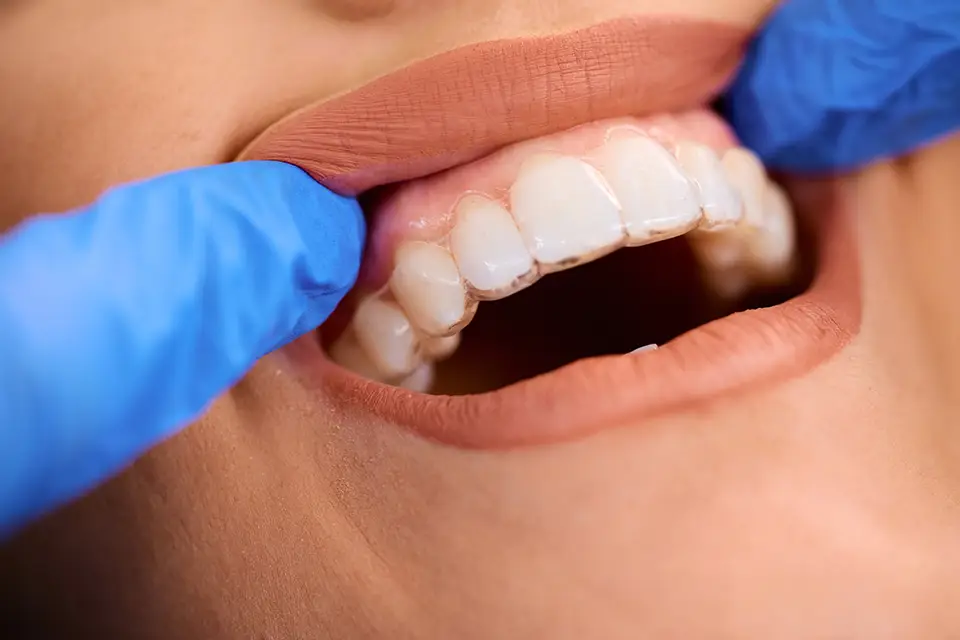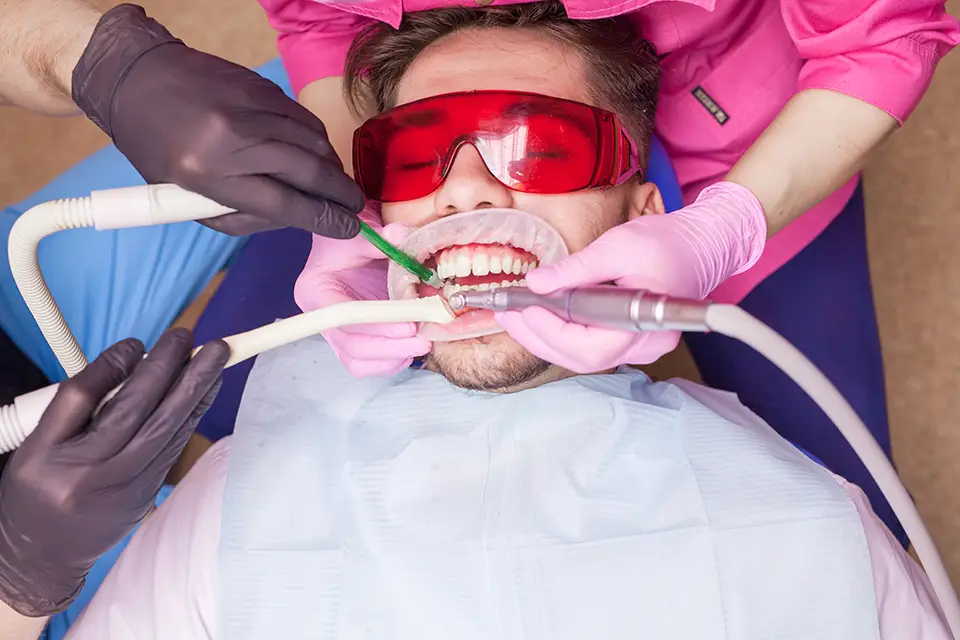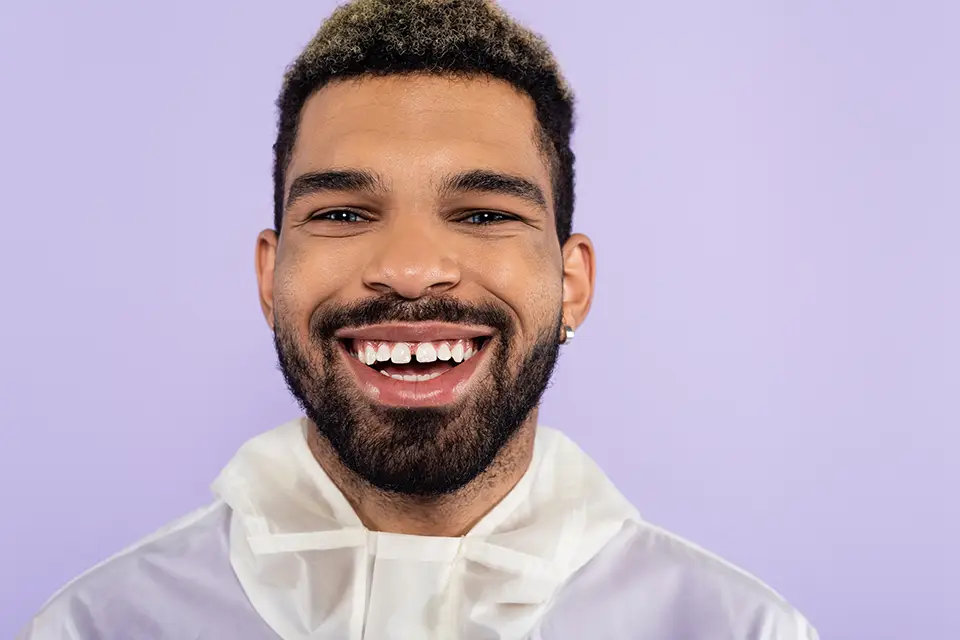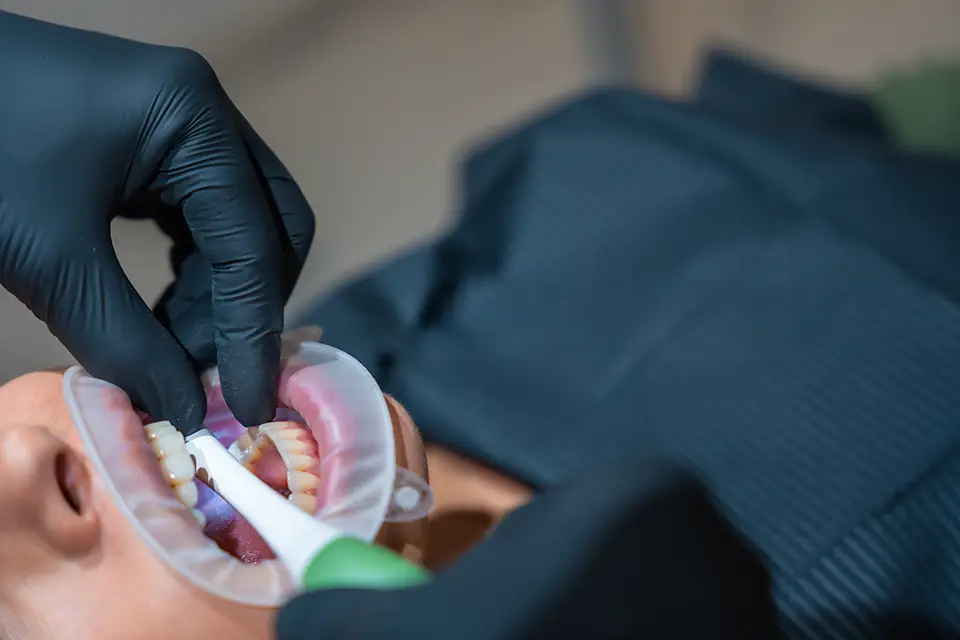When you’re ready to straighten your smile, speed matters—but so does living your life while you do it. Patients at Sunshine Dentistry in Richmond Hill, Ontario, often ask a simple question with a layered answer: Invisalign or braces—which one actually gets you to the finish line faster? The truth is that biology sets the pace, and the right tool is the one that moves your teeth efficiently, safely, and predictably. Below, we break down what “fast” really means, how Invisalign or braces compare in real cases, and the choices that help you trim weeks without cutting corners.
Invisalign or Braces: What "Faster" Really Means
Speed isn’t just the number of months. It’s the blend of total treatment time + predictability + number of refinements or detours. Teeth move when bone remodels—steady, controlled forces signal the body to reshape around the new position. Whether you choose Invisalign or braces, your timeline hinges on:
- Starting complexity: Rotations, deep overbites, crossbites, severe crowding, and impacted teeth stretch timelines.
- Biology: Age, bone density, and how your body responds to force all matter.
- Consistency: Braces work 24/7 by default. Aligners work 20–22 hours per day only if you wear them.
- Planning quality: Smart staging, attachments or auxiliaries, and visit cadence reduce stalls and refinements.
In short: the device matters, but the plan matters more.
Invisalign or Braces: Typical Timelines You Can Expect
Every mouth is different, but most healthy adults fall into these broad ranges:
- Mild alignment or spacing (front teeth): 6–10 months with Invisalign or braces.
- Moderate crowding or rotations: 12–18 months is common.
- Bite corrections (deep bite, open bite, crossbite): 18–24+ months, depending on severity and compliance.
Braces sometimes edge ahead on deep rotations and complex bite work because they deliver continuous, highly directed forces. Invisalign or braces can be equivalent in many mild-to-moderate cases when aligner wear is consistent and attachments are used thoughtfully.
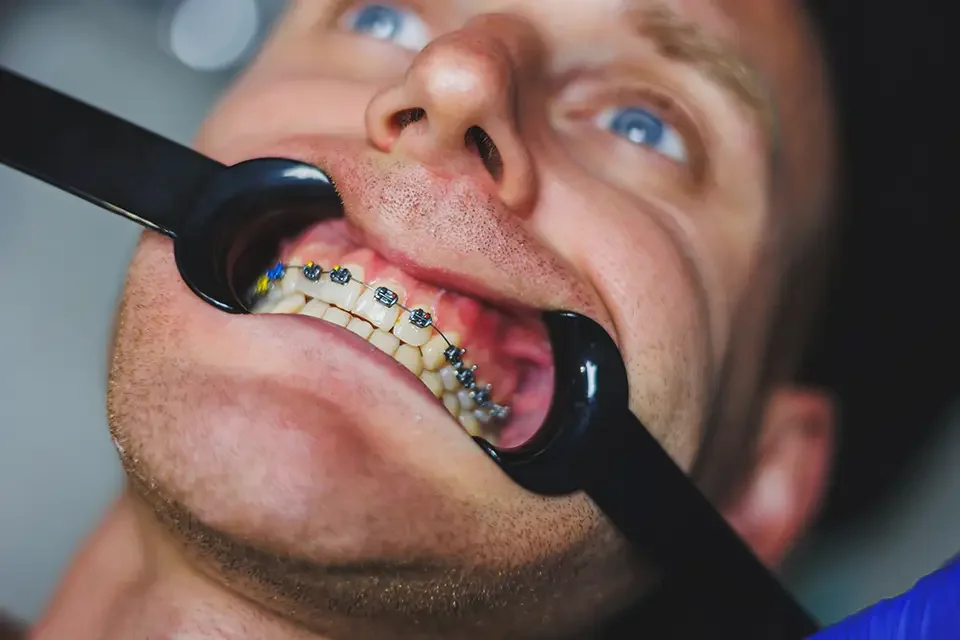
Why Braces Can Be Faster (and When They're Not)
When braces have the speed advantage:
- Big rotations or torque control: Brackets and wires provide constant leverage.
- Significant bite changes: Elastics on fixed appliances work around the clock.
- Compliance concerns: If life is hectic and wear time will slip, braces keep progress moving.
When braces are not necessarily faster:
- Straightforward alignment/spacing: Aligner staging with optimized attachments can match brisk bracket timelines.
- Patients who are highly compliant: If you’re disciplined about 20–22 hours/day, Invisalign or braces often end up neck and neck.
Why Invisalign Can Be Faster (and When It's Not)
When aligners shine:
- Efficient staging for simple moves: Digital setups can sequence movements to shave small inefficiencies.
- No broken bracket visits: Fewer emergency stops sometimes mean fewer delays.
- Lifestyle support = consistency: If aligners fit your routine, you’re more likely to maintain momentum.
When aligners fall behind:
- Wear-time dips: Even an hour or two off per day adds up.
- Skipped tray changes or lost aligners: Progress pauses until we replace or adjust the plan.
- Complex mechanics without auxiliaries: Some movements need buttons, elastics, or temporary anchorage; without them, speed suffers.
Invisalign or Braces: Planning and Mechanics
Regardless of Invisalign or braces, good planning saves time:
- Attachments & auxiliaries: Small tooth-colored bumps (aligners) or power chains/elastics (braces) add control.
- Interproximal reduction (IPR): Microscopic space where needed prevents crowding “traffic jams.”
- Visit cadence: Too far apart and issues hide; too close and you don’t give biology time to respond.
- Remote monitoring: Photo check-ins can catch fit problems early, whether you’re in Invisalign or braces.
The message: tools move teeth; planning moves timelines.
Comfort, Lifestyle, and How They Influence "Fast"
Speed isn’t helpful if you dread the process. The more a treatment fits your life, the more consistently you’ll follow it—and the faster you’ll finish.
- Eating & brushing: Aligners come out for meals and hygiene, which many adults love. Braces require more meticulous cleaning around brackets and wires.
- Sports & instruments: Aligners can be removed for mouthguards or brass/woodwind practice; braces need wax and a bit of patience early on.
- Appointments: Braces often need steady in-person adjustments. Aligners can combine in-person and remote checks, with periodic refinements.
If your routine supports aligner wear, Invisalign, or braces can be equally quick; if not, braces may quietly win.
Invisalign or Braces: Small Choices That Trim Weeks
A few practical habits have outsized impact:
- Lock in wear time: If you’re choosing aligners, hit 20–22 hours every day. Combine snacks with meals to limit “trays out” time.
- Use elastics as prescribed: Whether on aligners or braces, elastics drive bite correction—skip them and you’ll stall.
- Protect your investment: Keep a spare case; don’t wrap aligners in napkins. With braces, call promptly about poking wires or loose brackets.
- Say yes to IPR if recommended: A millimetre of space created strategically often prevents months of fighting crowding.
- Don’t outrun biology: Faster isn’t “tighten more.” We use optimal forces so the bone can remodel safely and predictably.
Cost vs. Time: What to Expect
Fees reflect complexity, materials, and visits—not just the appliance. In many cases, Invisalign or braces are in a similar cost range for comparable difficulty. Braces can be slightly lower for some cases; aligners may cost more when multiple refinement sets are needed or less when the plan is short and clean. We’ll map both routes side by side so you can compare months, visits, and total investment rather than just a sticker price.
A Quick Decision Guide (So You Can Move Forward Sooner)
Choose braces if:
- You want 24/7 movement without tracking wear time.
- You have complex rotations or bite changes and prefer fewer variables.
- You’re okay with extra hygiene steps for a potential speed edge.
Choose Invisalign if:
- You’ll reliably wear trays 20–22 hours/day and like removal for meals and brushing.
- Your case is mild-to-moderate, or you’re comfortable using attachments and elastics.
- Fewer emergency visits and flexible check-ins fit your schedule.
Still unsure? Book a consult—we’ll simulate both approaches and show you how your teeth respond on-screen before you decide.
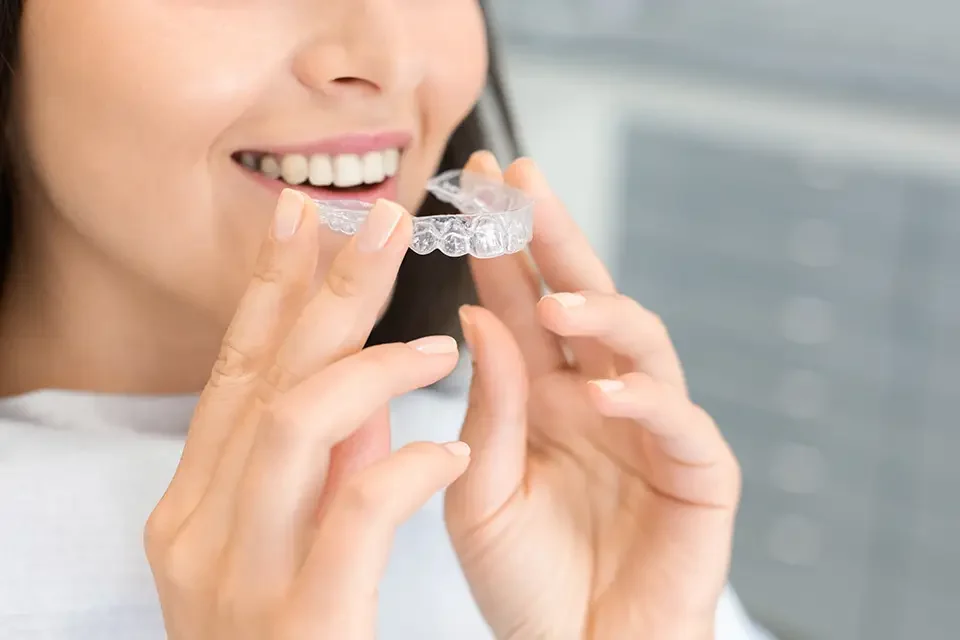
How Sunshine Dentistry Plans for Speed and Safety
At Sunshine Dentistry, we design your plan backwards from your goals and calendar:
- Comprehensive diagnostics: Photos, scans, and bite analysis to choose Invisalign or braces based on mechanics, not hype.
- Two clear roadmaps: We’ll show timelines, key milestones, and where auxiliaries accelerate progress.
- Monitoring that matters: In-person and virtual check-ins catch fit issues early, reducing refinements.
- Comfort-first adjustments: Optimal force levels keep biology on your side—steady forces move faster than “forceful” ones.
When planning is tight, “fast” often looks like “uneventful”—and that’s the best kind of fast.
Conclusion
So, Invisalign or braces—which one straightens teeth faster? In many mild-to-moderate cases, they’re equally quick when the plan is smart and the routine is consistent. Braces can have an edge with complex mechanics or when aligner wear time is uncertain. Aligners can match (or beat) braces when compliance is strong and attachments are used well. The winning choice is the one you’ll follow perfectly for the next 6–18 months.
Ready to see your fastest safe route? Book a consultation at Sunshine Dentistry in Richmond Hill, Ontario. We’ll compare Invisalign or braces for your bite, lay out clear timelines and costs, and help you start a plan that fits your calendar—and finishes with a smile you love.
FAQs: Invisalign or Braces
Do Invisalign or braces work faster for mild crowding?
For small spacing or mild crowding, timelines are often comparable. With consistent 20–22 hours/day wear, Invisalign can match braces; if wear time might slip, braces may finish sooner because they work 24/7 by default.
Which is quicker for bite corrections—Invisalign or braces?
Braces often have a slight edge for deep bites, open bites, or complex crossbites because wires/elastics deliver constant, directed forces. That said, Invisalign with attachments and elastics can be just as efficient in many moderate cases.
If I'm super consistent, can Invisalign or braces finish earlier than quoted?
Sometimes. Excellent aligner wear or perfect elastic use (for either method) can trim refinements and shorten the final stretch. Biology still sets limits, so we plan realistic ranges, then refine as you progress.
